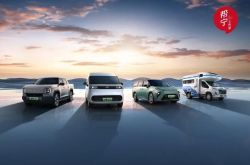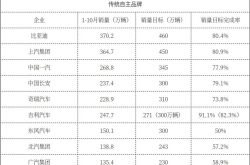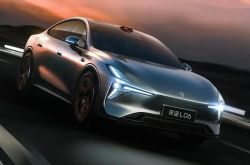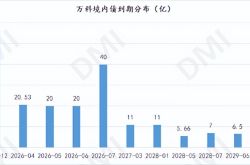SAIC MAXUS Brand Rejuvenation: Committed to Wealth Creation, Born for User Satisfaction
![]() 11/21 2025
11/21 2025
![]() 507
507
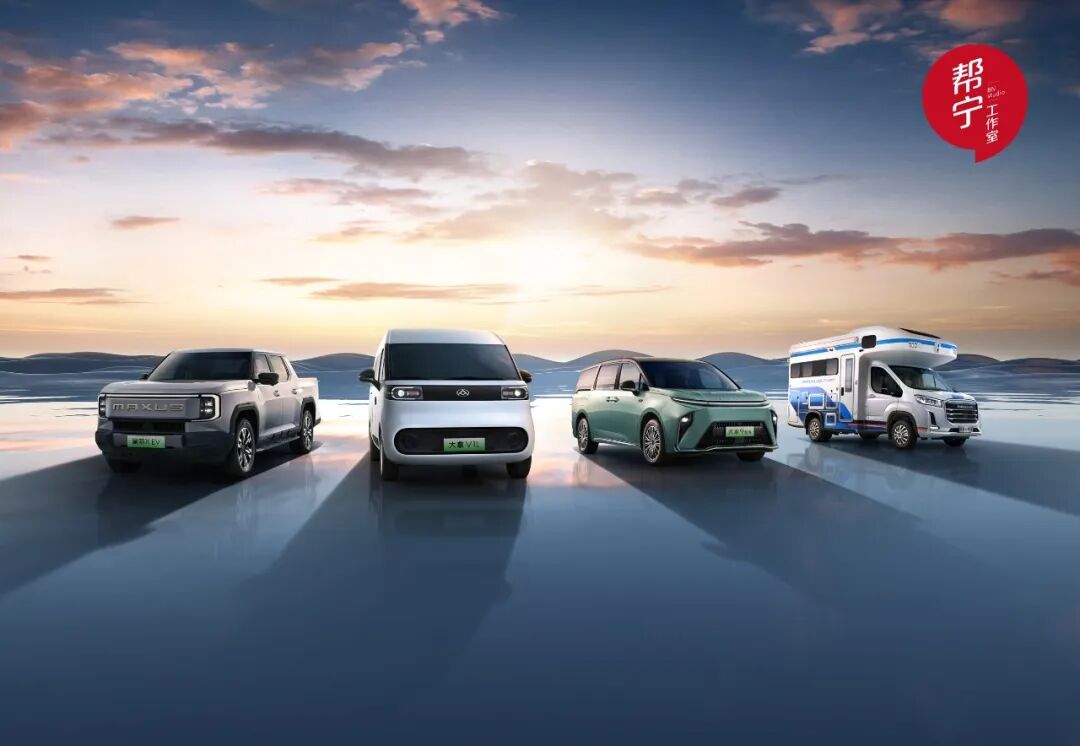
“Leading the Value Revolution in Commercial Vehicles” Author: Shen Tianxiang Editor: Li Guozheng Produced by: Bangning Studio (gbngzs)
On November 21, during the inaugural media day of the 2025 Guangzhou Auto Show, SAIC MAXUS unveiled its brand rejuvenation on stage. The brand introduced its core proposition: “Pioneering the new era of user value in the new energy commercial vehicle industry,” thereby igniting a fresh wave of transformation within the commercial vehicle sector.
As part of this rejuvenation, SAIC MAXUS unveiled a refreshed brand vision, mission, and logo.
The new vision is to emerge as a global frontrunner in light commercial vehicles, while the mission is to construct a user-centric enterprise, leveraging cutting-edge technologies and a comprehensive ecological chain.
The new logo, dubbed the “Community Glory Emblem,” forges a deep connection with users. The outer circle embodies SAIC MAXUS’s global strategy as a Chinese intelligent manufacturing entity. The two interlinked human figures at the base signify a foundation driven by both technological and ecological progress. The human figure at the pinnacle represents every diligent SAIC MAXUS user.
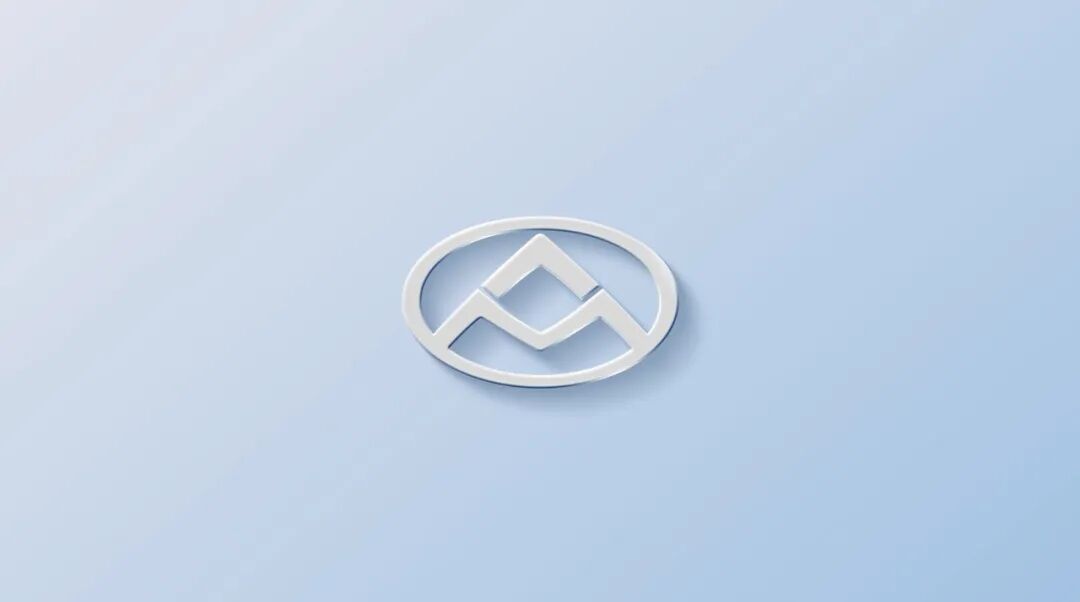
Previously, under SAIC Motor’s “More Than Auto” brand philosophy, SAIC MAXUS transcended the traditional perception of commercial vehicles as mere tools, enabling products to evolve into income-generating assets for new farmers, stepping stones for entrepreneurs, and conduits for urban-rural resource flows. In essence, it became users’ partners in wealth creation.
Through this brand rejuvenation, SAIC MAXUS communicates a clearer message: users’ wealth creation endeavors constitute its core mission, while users’ aspirations for growth guide its path forward.
At the auto show, SAIC MAXUS showcased its new energy product matrix, strategic collaboration outcomes with CATL, a super user ecosystem, and the industry’s inaugural 8S Super User Experience Center. These displays underscored its unwavering commitment to transitioning from a conventional commercial vehicle manufacturer to a user-centric enterprise.
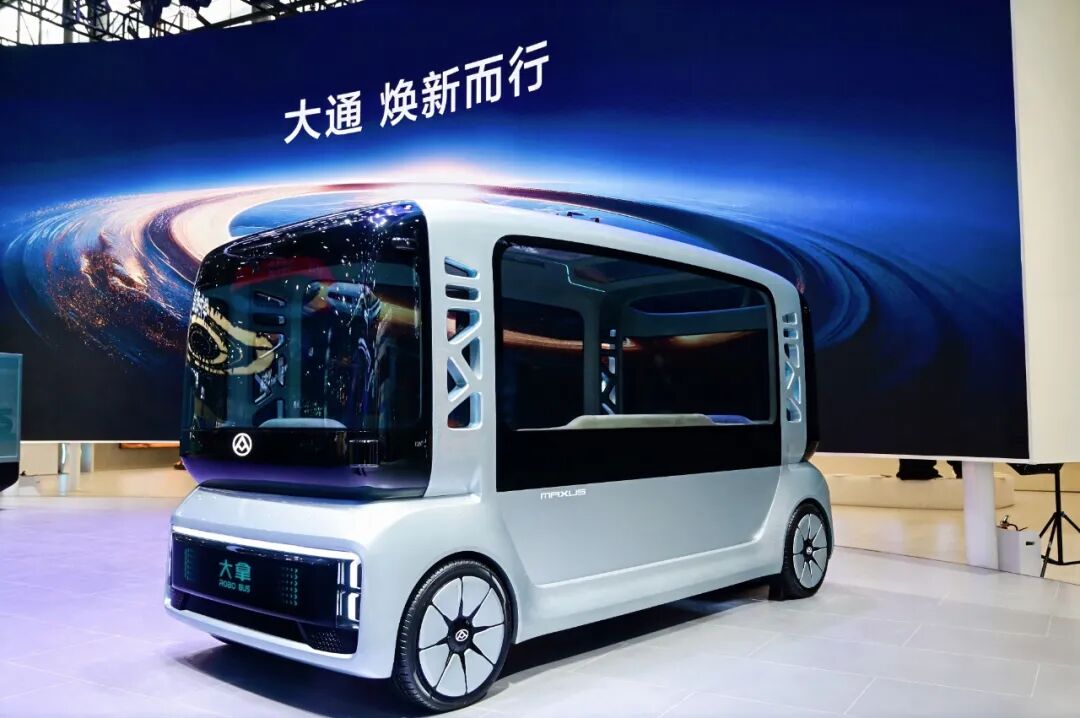
Amidst escalating industry competition and evolving user demands, SAIC MAXUS’s brand rejuvenation represents both a necessary adaptation to trends and a strategic maneuver to spearhead industry transformation and co-cultivate high-quality growth alongside users.
▍01 Top-Down Transformation
SAIC MAXUS’s brand rejuvenation transcends a mere brand upgrade; it embodies a systemic transformation rooted in SAIC Motor’s internal reforms and strategic blueprint.
Fundamentally, SAIC MAXUS is propelling an endogenous revolution centered on user wealth creation, driven by organizational reform and strategic elevation. It embodies a clear organizational restructuring rationale, precise strategic pathways, and an unwavering commitment to co-prosperity with users. This sets a new benchmark for the commercial vehicle industry to transcend internal rivalries and forge new growth avenues by empowering users.
In the latter half of the previous year, SAIC Motor restructured its autonomous brand passenger and commercial vehicle businesses, establishing distinct entities for large passenger vehicles and SAIC Commercial Vehicles. The objective was to integrate product definition, R&D, production, and sales, fostering holistic changes in architecture, resources, operations, and ecosystems.
This provided SAIC MAXUS with robust group resources and strategic guidance for its brand rejuvenation.
Post-reorganization, SAIC Commercial Vehicles’ light commercial vehicle segment set strategic benchmarks: “Double sales within five years to 500,000 units annually; secure leading positions in domestic light trucks, domestic new energy light commercial vehicles, and light commercial vehicle exports; and penetrate the global top tier of commercial vehicles.”

The core rationale behind this goal transcends mere scale expansion; it leverages economies of scale to reduce costs and enhance efficiency, ultimately translating into tangible user benefits such as diminished purchase costs and elevated wealth creation returns. This user-value-centric strategy became the impetus for organizational reform.
The transformation of management roles was pivotal in executing these goals.
At the group level, SAIC Motor President Jia Jianxu was appointed Chairman of SAIC Commercial Vehicles, while Yang Huaijing assumed the roles of Chairman of the Group’s Commercial Vehicle Executive Committee and General Manager of SAIC MAXUS. This marked a transition from strategic planners to frontline commanders, ensuring swifter and more precise strategy execution in response to market fluctuations and user needs.
This infused SAIC MAXUS’s brand rejuvenation with direct and efficient management momentum.
While management decentralization enhanced decision-making efficiency, resource integration was equally paramount.
In R&D, SAIC MAXUS deepened light commercial vehicle integration, fortifying collaboration with group R&D resources to construct a dedicated R&D system and core technological capabilities tailored to commercial vehicle requirements, such as devising solutions for specific commercial vehicle scenarios.
On the supply chain front, SAIC MAXUS bolstered strategic collaboration with partners through platform strategies and centralized procurement within the system, enhancing supply chain resilience and competitiveness.
Manufacturing further refined efficiency and market responsiveness by consolidating customization and flexible production advantages.
These measures furnished comprehensive resource support and institutional vitality for the brand rejuvenation.
▍02 Strategic Elevation to Transcend Industry Stalemates
If organizational reform represents SAIC MAXUS’s internal cultivation, strategic elevation embodies its market-oriented breakthrough.
Leveraging its restructured organization and resource system, SAIC MAXUS decisively exited the cutthroat competition of product parameter wars, instead constructing a new competition paradigm centered on empowering users’ wealth creation and transitioning from a vehicle seller to a wealth creation service provider.
The commercial vehicle market has entered a profound adjustment phase of inventory competition and structural growth. Traditional parameter- and price-driven competition has reached its zenith, with firms grappling with pressure from diminishing terminal prices and contracting profit margins.
Conversely, new energy commercial vehicles are emerging as a core growth engine. According to the China Association of Automobile Manufacturers, from January to October 2025, domestic sales of new energy commercial vehicles surged to 649,000 units, marking a 60.2% year-on-year increase; exports soared to 70,000 units, up 128.1% year-on-year.
SAIC MAXUS accurately capitalized on this market trend, breaking free from homogeneous internal competition and aligning its brand rejuvenation with expanding the new energy blue ocean market. Through strategic foresight, it secured a first-mover advantage in industry transformation.
From its pure electric product matrix built on the Hongtu 2.0 Super Commercial Electric Architecture to its joint development of next-gen battery technologies with CATL and the industry’s inaugural battery-swapping model for autonomous logistics vehicles, SAIC MAXUS directly addressed key pain points of new energy commercial vehicles: limited range, sluggish recharging, and exorbitant costs.

Through technological breakthroughs, the automaker slashed user operating costs and amplified efficiency, successfully transforming its new energy transition into a core competitiveness for user wealth creation.
Behind this strategic choice lies SAIC MAXUS’s profound insight into evolving user needs.
Multiple surveys indicate that commercial vehicle users’ demands have shifted from reliable transportation tools to full lifecycle value service partners encompassing vehicle selection, usage, management, and wealth creation. Users now prioritize operational efficiency, cost optimization, and ecological support over mere vehicle performance.
For instance, urban delivery drivers value stable cargo sources and convenient maintenance more than vehicle specifications; individual entrepreneurs base investment decisions on purchase thresholds and profit cycles; and small-to-medium enterprises’ core earnings hinge on full-cycle operational support...
By discerning these diverse user needs, SAIC MAXUS aligned its brand positioning with users’ success, metamorphosing from an automaker to a wealth creation partner. Through a new brand vision, mission, and ecosystem, it provides full-cycle value services, upgrading from selling vehicles to selling wealth creation capabilities.
This transcends a mere marketing slogan update; it embodies a comprehensive business logic upgrade.
Zero-deposit leasing lowers purchase barriers; ecological resource integration resolves cargo shortages; and digital management tools enhance operational efficiency... SAIC MAXUS’s service system revolves entirely around “aiding users in earning money,” forging a deep-seated benefit community with users.
For this vision to materialize, a complete ecological system was imperative.
Thus, SAIC MAXUS launched ecological platforms like the “Lingju Ecosystem” and “Interstellar Plan,” translating its wealth creation partner positioning into actionable service systems and forming closed-loop support across users’ wealth creation journeys.
The “Lingju Ecosystem” caters to urban logistics users, offering zero-barrier, zero-burden, and zero-commission full-link services for vehicle selection, management, and cargo sourcing. It integrates high-quality cargo sources, enabling direct and instant payment of freight fees, effectively addressing pain points like arduous cargo sourcing, exorbitant commissions, and sluggish payments.
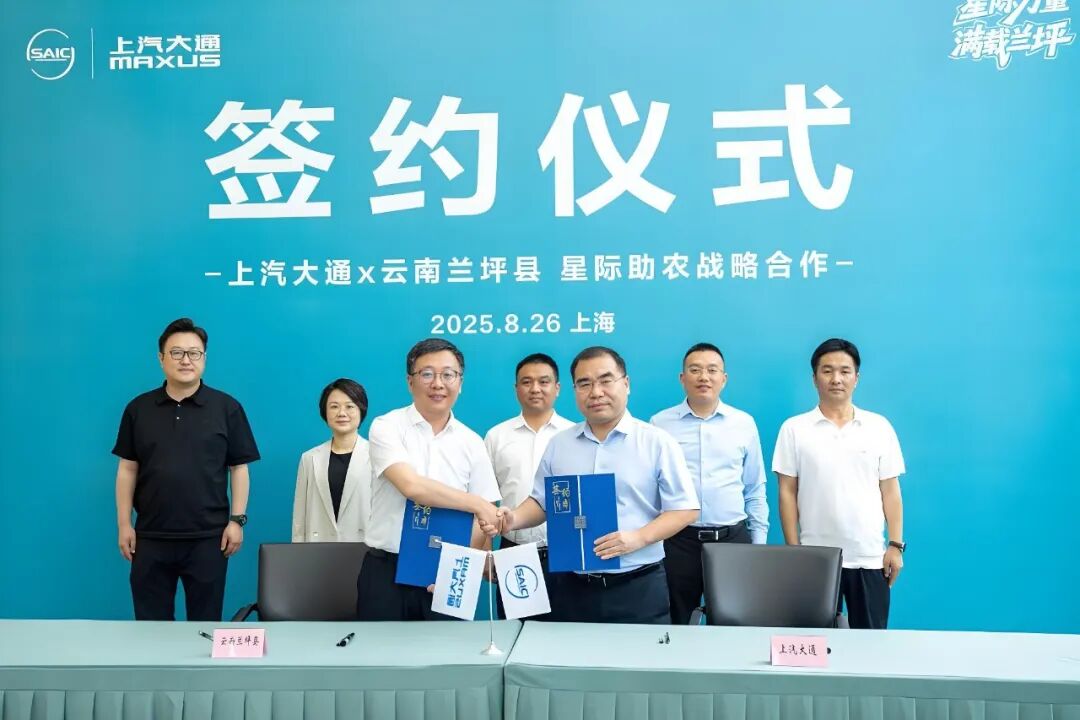
The “Interstellar Plan,” aimed at rural revitalization scenarios, invests 15 million yuan in a dedicated fund to assist farmers in expanding sales channels through livestream training and traffic support, enabling multi-purpose vehicle usage and income augmentation.
These ecological initiatives collectively transformed SAIC MAXUS from a vehicle seller to a full-cycle wealth creation service provider.
Its industry-first 8S Super User Experience Center builds upon traditional 4S services by incorporating new media operations, official modifications, and ecological resource connections, upgrading service touchpoints into core hubs for user wealth creation.
▍03 Four Pillars of Robust Capability
In SAIC MAXUS’s perspective, successful transformation cannot hinge on a solitary breakthrough but stems from its long-term cultivation of four core capabilities: quality, technology, ecology, and globalization.
These four pillars synergize to form a comprehensive empowerment system encompassing users’ full wealth creation cycles, providing formidable robust capability for the brand rejuvenation.
For commercial vehicle users, product quality directly dictates stable wealth creation.
SAIC MAXUS operates three top-tier intelligent manufacturing bases in Nanjing, Wuxi, and Liyang, Jiangsu. The Nanjing plant is a “Lighthouse Factory” certified by the World Economic Forum; the Wuxi plant has ascended to an intelligent benchmark factory; and the Liyang base leads in formulating multiple RV industry standards. Collectively, they ensure product quality.
Internationally, SAIC MAXUS’s models excel in safety tests: light trucks and MPVs garnered five-star ratings from C-NCAP (China), Euro NCAP (Europe), and ANCAP (Australia). The Interstellar X became the inaugural Chinese pickup to receive “dual five-star” certifications from Europe and Australia, while its products adhere to stringent international standards like EU ECE and Australian ADR.
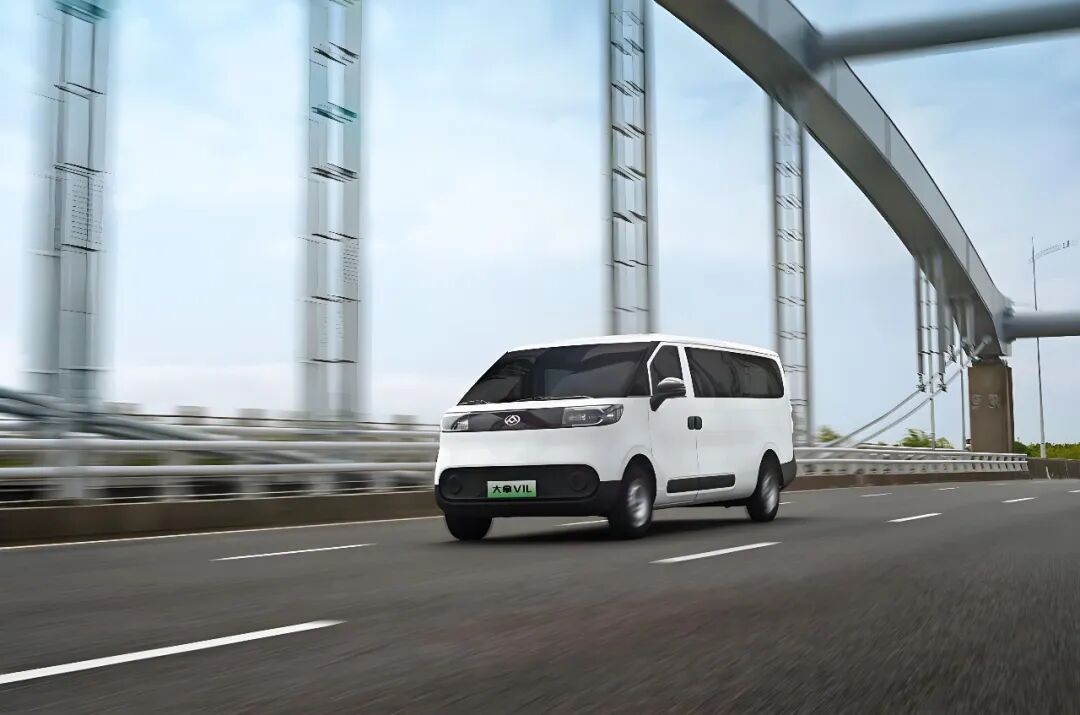
Stable and reliable product quality minimizes vehicle downtime and maximizes earnings for users, forming the most fundamental empowerment. Meanwhile, SAIC MAXUS pursues technological innovation to further augment users’ wealth creation efficiency.
It constructed a technology platform matrix encompassing multiple powertrains to cater to diverse market needs.
The Hongtu 2.0 architecture achieves breakthroughs in power, space, and intelligence, enabling pure electric light trucks to exceed 600 km in range and augmenting payload by 20%. The Xingzhan platform offers six powertrain configurations, including diesel plug-in hybrids with fuel consumption as low as 4.5L/100km. The Xintu Yuanjie hybrid chassis provides extended range and power support for RV users.
SAIC MAXUS also swiftly commercializes cutting-edge technologies to fortify users’ wealth creation capabilities, such as autonomous passenger and cargo vehicle applications and battery-swapping models for autonomous logistics vehicles, enabling 24/7 operations. Additionally, its omnidirectional driving assistance system diminishes driving intensity and enhances operational safety.

By deeply integrating technological innovations with scenario demands, SAIC MAXUS successfully translates technological advantages into user wealth creation efficiency.
Ecological collaboration further broadens users’ wealth creation pathways through resource integration.
Centered on mutual profitability, SAIC MAXUS constructed an open ecological service system, integrating vehicles, cargo sources, finance, training, and other resources to provide holistic wealth creation solutions. Data indicates that users within the “Lingju Ecosystem” witnessed a surge in operational efficiency exceeding 30% and a reduction in initial startup costs by 40%, underscoring significant ecological empowerment.
This ecological collaboration model transcends the traditional manufacturing profit logic of “sell and forget,” instead nurturing long-term service relationships with users for mutual prosperity.
From urban logistics to rural entrepreneurship, and from domestic markets to international expansion, SAIC MAXUS's ecosystem consistently expands the avenues through which users can generate wealth.
Building on this foundation, SAIC MAXUS has embraced globalization to open up even broader opportunities for users to create wealth.
Through proactive strategic planning, it has established sales networks in over 100 countries and regions, cultivating five markets with sales exceeding 100,000 units each in Europe, Australasia (Australia and New Zealand), Mexico, the Americas, and the Middle East. These efforts have cumulatively served over 1.2 million users.
Unlike domestic counterparts that focus solely on product exports, SAIC MAXUS has adopted localized R&D and production strategies. This approach allows it to tailor products to regional market needs and successfully penetrate premium markets such as Europe and Australasia.
Its robust overseas performance has opened up new avenues for users to generate wealth.
In Singapore, the Dana V1 pure electric light truck commands a dominant market share, becoming the preferred choice for logistics companies. In Europe, DHL has repeatedly placed orders for its pure electric logistics vehicles, a testament to their competitive edge. And in Hong Kong, its electric taxis hold over a 33% market share, setting a new standard for new energy mobility.

This global strategic layout not only enhances Dayun's competitiveness but also empowers its users to expand their overseas wealth creation channels, enabling a seamless extension of wealth creation capabilities across borders.
Overall, Dayun's brand renewal this time around is not merely an upgrade of its logo and slogan; it represents a systematic transformation rooted in organizational restructuring, strategic enhancement, and capability building.
This move carries significant benchmarking value—Dayun has disrupted the traditional competitive landscape of the commercial vehicle industry, which has long prioritized products over services and prices over value. Instead, it has established a new competitive paradigm centered on user wealth creation.
This symbiotic model, where the enterprise empowers users and users, in turn, contribute to the enterprise's success, may well become the mainstream direction for high-quality development in the commercial vehicle industry.


